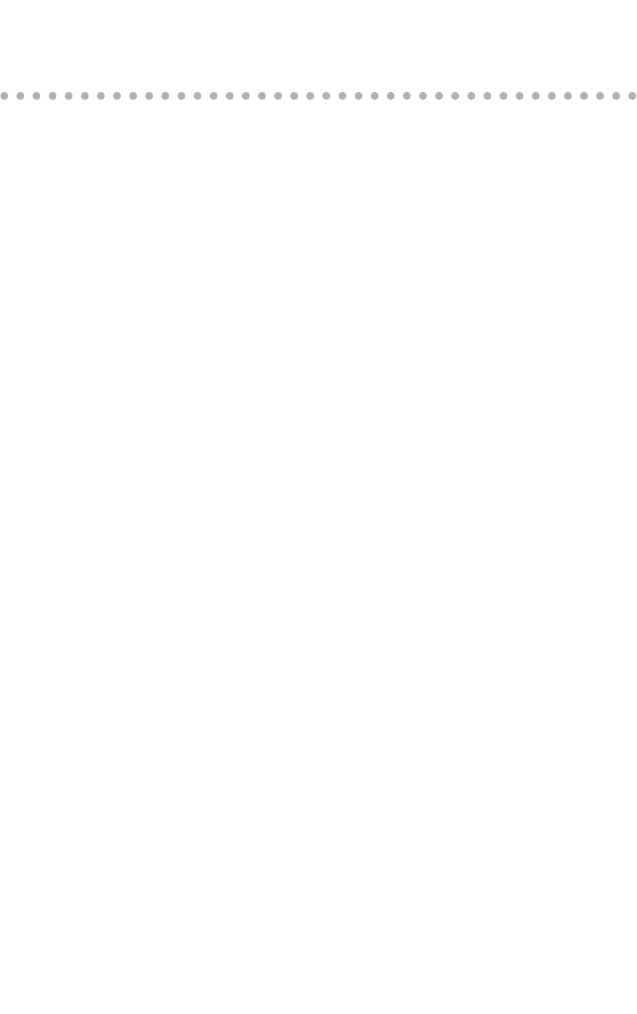
Foreword
I
believe it was Sherlock Holmes who once said, “Why, look,
Watson! It’s a simple English schoolboy’s code! Quick, get
me a simple English schoolboy!” Okay, maybe he didn’t actu-
ally say that.
Puzzles frustrate me. They always have. I have a tendency to
stare at puzzles, cryptograms, and coded writing until beads
ofblood form on my forehead. I would have made a lousy
Batman — I would have let the Riddler flood Gotham City or
rob Fort Knox of its gold, because there was no way I was
about to decipher one of his riddled clues. There I would have
sat in the Bat Cave, with beads of blood forming on my cowl.
Cryptograms and secret codes have existed for centuries —
there is evidence of coded writing dating back to the ancient
Egyptians. Everyone, from kings and generals to criminal
masterminds and 8th-grade study-hall cheaters, have sought
ways to secretly communicate with each other while preventing
spies, eavesdroppers, and biology teachers from discovering
their plans. Wars and civilizations have turned on whether codes
and ciphers were cracked or remained hidden. The outcome of
World War II hinged on the ability of the British intelligence
service to decipher messages sent by Nazi Germany’s famed
“Enigma” machine. The U.S. military used Navajo, Cherokee,
Choctaw, and Comanche “code talkers” during the war to
transmit coded messages that were not based on commonly
known languages and were, therefore, unbreakable.
I hadn’t thought much about coded writing until I became a
Freemason. Because Masons are forbidden to write down their
rituals, frustrated members over the last 300 years have sought
ways to create study guides so they might learn the words with-
out actually breaking the rules. Some have simply written single-
letter ciphers (“AYAM?” would stand for “Are you a Mason?”).
Others got more complex, using symbols and abbreviations
cribbed from old-fashioned shorthand (which is its own kind of
coded writing once known by the most powerful people on
Earth, secretaries and stenographers, and is today mostly a lost
art). Still others came up with a whole series of coded alphabets
that look like an indecipherable collection of right-angle stick

figures and dots, devised from what is known in code-writing
world as a Pigpen Cipher. In fact, this type of cipher is the cen-
terpiece of a Masonic degree ritual called the Royal Arch Degree.
This kind of thing would have remained in the realm of a small
corner of the population if it hadn’t been for Dan Brown and
his novels. His fictional “symbologist” Robert Langdon took
the subject out of the realm of tweedy MENSA meetings and
made it both entertaining and exciting. From his “ambigrams”
in Angels & Demons and the “cryptex” of The Da Vinci Code to
the lost symbols of, well, The Lost Symbol, it’s not often that
arcane, dusty, and obscure knowledge gets to collide head-first
with mind-exercising fun in one package. It’s like two mutually
exclusive brains shot out of opposite sides of a particle accel-
erator and squashed into one terrific pile of pages, if your
stomach can pardon the potentially icky metaphor.
Out of two such colliding brains comes the book you now hold.
My friend Mark Koltko-Rivera is well-versed in the history, phi-
losophy, symbolism, and methods of secret (and secretive)
societies. He was hot on the trail of Dan Brown’s clues from
The Lost Symbol since the day they first appeared on the
Internet in the summer of 2009, and his online blog entries
about them were endlessly fascinating, exploring subjects far
deeper than just the surface answers to the puzzles. Mark has
a PhD in psychology and has specialized over the years in
“worldviews,” which are ways in which people make assump-
tions about reality and the effects of those assumptions. That
makes him uniquely qualified to look at a code or cipher and
see it differently than others do.
Denise Sutherland is a puzzle designer extraordinaire. Her puz-
zles, word searches, and designs have literally appeared all over
the world, and she has an endless fascination with words. She is
able to think differently about the way words can be jumbled
together. Of course, she lives upside down in Australia and is
married to an astrophysicist, which can only help when it
comes to standing complex word combinations on their heads.
The result is a book with which I think you’ll spend many happy
hours engaged in frustration and surprise. As for me, I have
every intention of taking this one to the beach. I’ll be easy to
spot. I’ll be the one in a Batman suit, staring into the book with
beads of blood forming on my cowl.
Chris Hodapp
Indianapolis
September 2, 2009
Cracking Codes & Cryptograms For Dummies
x
..................Content has been hidden....................
You can't read the all page of ebook, please click here login for view all page.
